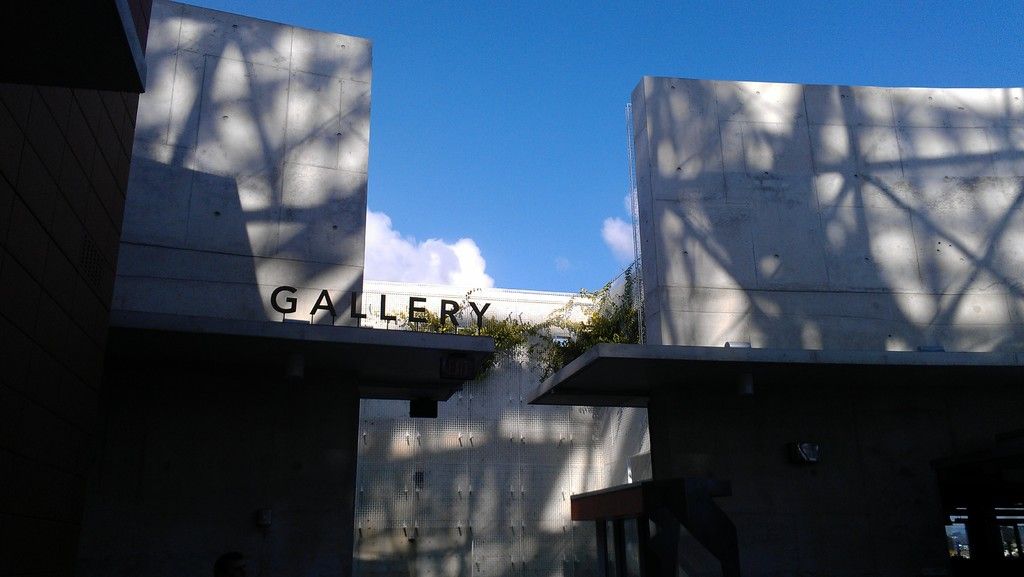Cotching Cybersecurity: The White House's Risky Flirtation with Starlink
White House Employs Starlink Trial: A Cybersecurity Calamity Blends with Public Relations Showcase
In a realm where digital security reigns supreme, the White House's adventurous courtship with Starlink satellite internet has sparked a tempest of debate, brimming with potential pitfalls and misleading promises. By choosing satellite technology over secure landline alternatives, the White House has stoked a burning inferno of cybersecurity conundrums and fine-tuned PR maneuvers.
A Dance with Disaster: Cybersecurity Quandaries
The decision to integrate Starlink into White House communications has elicited sharp criticism from cybersecurity experts. The allure of satellite internet lies in its ability to provide connectivity in remote areas, but this is exactly what makes it a red-carpet welcome for cyber-attacks. The transmission of sensitive White House information over potentially unsecured satellite links casts the stage for a series of threats, including interception and espionage.
Cybersecurity specialists highlight the fragility of these communications, stressing that data traveling via satellite can be readily intercepted compared to traditional landline methods. These experts underscore the urgency of retrofitting standard communications with proper security frameworks, focusing on trust and confidentiality over blind faith in private sector collaborations.
Behind Closed Doors: Questionable Transparency
This courting game underscores the burgeoning dependence of governments on commercial enterprises to handle critical national tasks. While these partnerships may hold benefits, they invariably come with a veil of secrecy. Critics contend that the extent of data exchange between the U.S. government and SpaceX, the mastermind behind Starlink, remains cloaked in obscurity, casting a shadow over data privacy and control.
The White House's reticence to disclose specific details regarding data security measures employed by Starlink intensifies these transparency issues, further fueling fears of a shadowy dance between the U.S. government and a private corporation. Legal experts and public interest groups have long advocated for stricter transparency protocols, especially when national security is at stake.
The Show Must Go On: A Spectacle or a Scam?
Beneath the glitz and glamour of technological innovation lurks a narrative of a hollow PR stunt. Leveraging Starlink's reputable brand effectively diverts attention from a dazzling display of technical wizardry, potentially overshadowing the tried-and-true secure systems nestled within government infrastructure. This strategy, some suggest, may be more about captivating the public's imagination than genuinely improving secure communications.
While experimentation with new technology may symbolize visionary policymaking, it should never come at the expense of compromising communication security. The callous reliance on such commercial technology demands scrutiny until robust cybersecurity protections are guaranteed.
Finale
The White House's flirtation with Starlink has become the center of a heated performance, focusing on security, transparency, and image-making. Balancing innovation with the imperatives of national security is essential, yet reckless technological embrace may lead to catastrophic consequences. The seamless integration of style and substance remains a delicate ballet that continues to unfold. As this intricate discourse unfolds, governmental decision-makers must weigh the allure of novelty against the track record of proven reliability.
This affair commands attention, as it represents the tenuous balance between technological progress and the steadfast need for secure governance, prompting us to reflect upon the true cost of technical advancement.
Additional Insights
- Bypassing Traditional Security Protocols The Starlink terminal was reportedly installed by Elon Musk’s team from the Department of Government Efficiency (DOGE) without prior notification to White House cybersecurity teams. This meant the connection was not integrated into the White House’s existing monitoring and control frameworks, allowing untracked data transfers into and out of the complex[1][2][4].
- Inadequate Monitoring and Control The White House’s usual cybersecurity measures are designed to strictly control and log all data entering and leaving the premises. The Starlink connection, however, was not subject to these controls, making it impossible to monitor sensitive data or detect suspicious activity in real time[2][3][4].
- Potential for Unauthorized Access The "Starlink Guest" Wi-Fi network that appeared in the White House complex lacked robust authentication, requiring only a password and no additional credentials or verification. This could allow unauthorized individuals to access the network, potentially leading to data leaks or exploitation by adversaries[5][1][4].
- In light of the White House's reliance on Starlink, cybersecurity experts have expressed concerns about the potential for bypassing traditional security protocols, citing instances where the connection was installed without prior notification to White House cybersecurity teams.
- The integration of Starlink into White House communications has been criticized for inadequate monitoring and control, with the usual cybersecurity measures failing to apply to the Starlink connection, making it impossible to monitor sensitive data or detect suspicious activity in real time.
- The "Starlink Guest" Wi-Fi network in the White House complex, which requires only a password for access, has been a point of contention for cybersecurity specialists due to its potential for unauthorized access, leading to data leaks or exploitation by adversaries.





![In the wake of an accident, [Kurt Kohlstedt] endured peripheral neuropathy, a condition triggered...](/en/img/20250618144627_pexels-image-search-nature-landscape-sunrise-mountains.jpeg)


